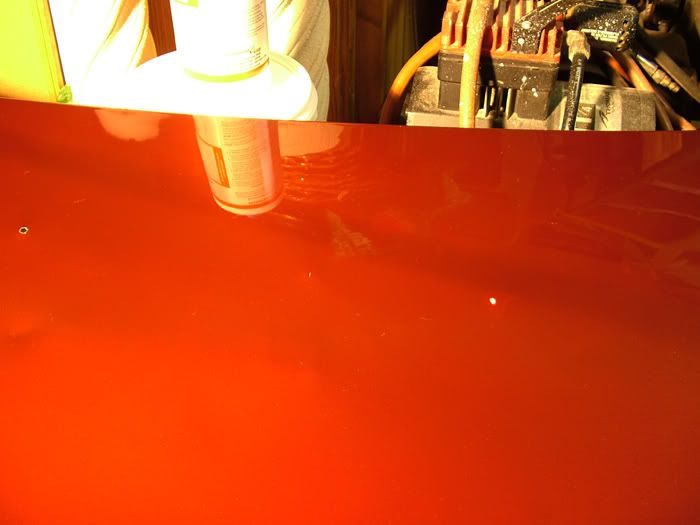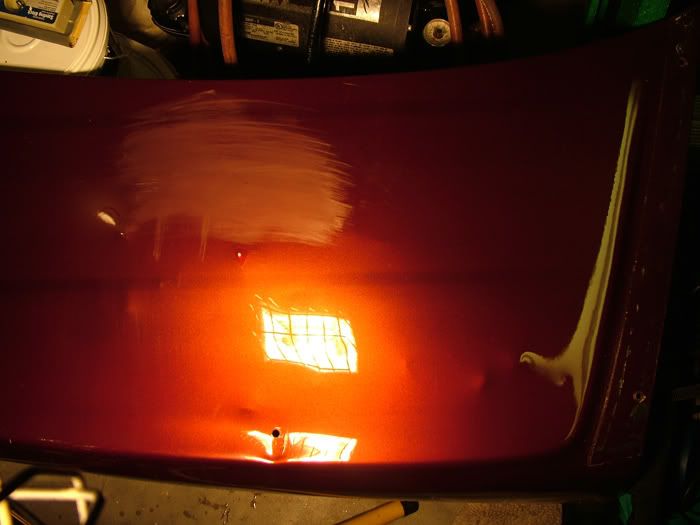All right to all the detailing vets here on Autopia. I need your help and I need it big time.
I just wet sanded a very small part on my car using a 2000 grit 3M sandpaper. I soaked it for about twenty minutes. After polishing the part, all the sanding marks were removed except this part where discoloration had occurred. My car is silver and the discoloration is dark silver.
I used a 1"x1/2" eraser as my backing pad. I only used that much of sand paper as well.
I tried polishing it out to no avail. I think I went through the clear coat. Am I right?
If so, how do I avoid this the next time and do you have any tips for me?
Thanks.
Grabby
I just wet sanded a very small part on my car using a 2000 grit 3M sandpaper. I soaked it for about twenty minutes. After polishing the part, all the sanding marks were removed except this part where discoloration had occurred. My car is silver and the discoloration is dark silver.
I used a 1"x1/2" eraser as my backing pad. I only used that much of sand paper as well.
I tried polishing it out to no avail. I think I went through the clear coat. Am I right?
If so, how do I avoid this the next time and do you have any tips for me?
Thanks.
Grabby


